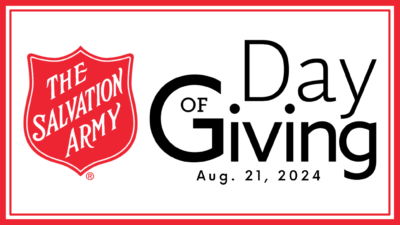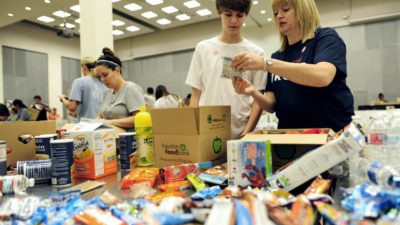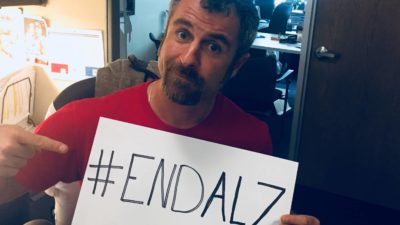DAKAR, Senegal (AP) — Kadiatou Balde grew up in a Senegalese village with the tradition of female genital mutilation. She never had a choice, but now as a community elder she is helping to banish the practice, one conversation at a time.
She started speaking out about the long-taboo issue when the Grandmothers Project came to her village.
“We grandmothers made a commitment to no longer excise our little girls,” she said. “We met and talked with the village chief and the parents of the children. We discussed with them the consequences of female genital mutilation and together we agreed to denounce anyone who practices.”
More than 200 million girls and women alive today have experienced female genital mutilation, or FGM, in 30 countries in Africa, the Middle East and Asia, according to the World Health Organization.
Wednesday is the International Day of Zero Tolerance for Female Genital Mutilation, and many organizations, led by the United Nations, are reaffirming their commitment to end what has been called a violation of human rights.
U.N. Secretary-General Antonio Guterres is expected to call for increased global action to end the practice.
Female circumcision can lead to long-term physical, psychological and social consequences, according to the U.N. children’s agency, UNICEF, which calls the practice “a violation of medical ethics.”
The procedure varies. It involves the partial or total removal of the external female genitalia or other injury to the female genital organs for non-medical reasons, according to WHO.
FGM can affect sexual intercourse and lead to problems with childbirth. In some cases, HIV is spread via the tools used, and excessive bleeding or badly done procedures can lead to death.
In Senegal, where the practice is illegal, the rate of FGM has fallen to about 26 percent, according to Amnesty International.
In neighboring Mali, the rate is above 91 percent, and in Guinea it is 96 percent, according to 28 Too Many, a London-based organization dedicated to ending the practice. Somalia and Djibouti in the Horn of Africa have the world’s highest rates.
Some women defend FGM, believing it benefits cleanliness and hygiene, aids marriage prospects, preserves virginity and is a religious requirement, according to 28 Too Many.
Multiple efforts around the world are working to debunk these beliefs with education and dialogue. And yet some resistance remains. Though illegal in many countries, FGM at times is carried out on babies to reduce the risk of being caught.
UNICEF has called on governments to bring forward new policies and legislation against the practice. It also says religious leaders must strike down myths that FGM has a basis in religion.
Some Muslim leaders who have participated in the Senegal-based Grandmother Project have expressed support.
“I was convinced that it was neither a recommendation of Islam, much less a prophetic tradition,” said the imam of Lambatara in the south. He has supported the decision by local grandmothers to oppose the practice.
The Grandmother Project uses a multi-generational approach that also involves village chiefs and men.
“It’s so obvious for us that it’s the grandmothers who are the people behind FGM. Given their experience, they perpetuate it because that’s what they know,” said program director Judi Aubel. “What our work has shown is that they have the authority to change it.”
The program began in 2008 and has spread to 57 villages in Senegal.
Once grandmothers are taught about the negative effects of FGM, they hold dialogues on the subject with other generations in their villages.
“On an individual level, some suffered, some not so much, a few died, but it’s been taboo to discuss it,” Aubel said of the women and their experiences over the years.
The hope is to expand the program to other countries, while Amnesty International has said it plans to pursue a similar approach in Burkina Faso and Sierra Leone, where FGM rates are 76 percent and 88, respectively.
___
Follow Carley Petesch on Twitter at https://twitter.com/carleypetesch





